General Landscape Uses: Informal groundcover or low-climbing vine.
Description: Low climbing herbaceous vine with extremely variable leaves.
Dimensions: N/A; a vine with stems to 2 feet or more in length. Sometimes spreading horizontally and forming large open or dense patches.
Growth Rate: Fast.
Range: Monroe County Keys north to Duval, Lake and Dixie counties; West Indies, Texas, Mexico, Central America and South America.
Habitats: Moist forests and pinelands.
Soils: Moist, well-drained sandy or limestone soils, with or without humusy top layer.
Nutritional Requirements: Moderate to low; it prefers soils with organic content, but will still grow reasonably well in nutrient poor soils.
Salt Water Tolerance: Low; does not tolerate long-term flooding by salt or brackish water.
Salt Wind Tolerance: High; can tolerate moderate amounts of salt wind without significant injury.
Drought Tolerance: High; does not require any supplemental water once established.
Light Requirements: Light shade to full sun.
Flower Color: Greenish to yellowish.
Flower Characteristics: Semi-showy but small. Petals are absent.
Flowering Season: All year.
Fruit: Purple-black globose berry. Edible.
Wildlife and Ecology: Larval host plant for gulf fritillary (Agraulis vanillae), julia (Dryas iulia) and zebra longwing (Heliconius charitonius) butterflies. Attracts bee pollinators.
Horticultural Notes: Can be grown from seed. Smash mature fruit on paper towel or place in blender with water and grind just enough to break up the berries; strain and place on paper towel. When dry, scrape seed onto surface of soil. Do not cover. Place containter in light shade.
Comments: One of the best larval host plants for butterflies.

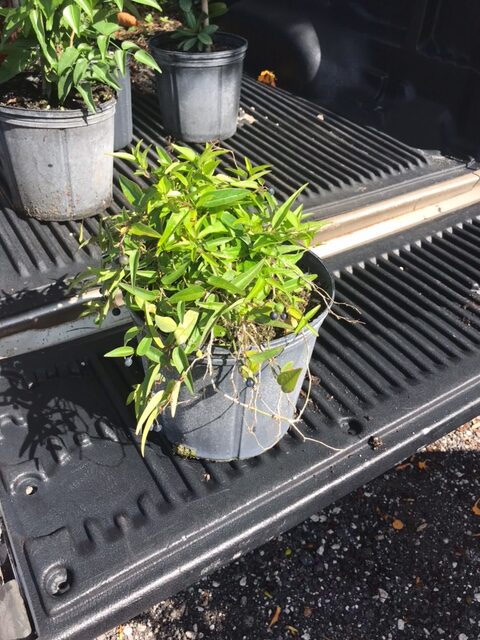
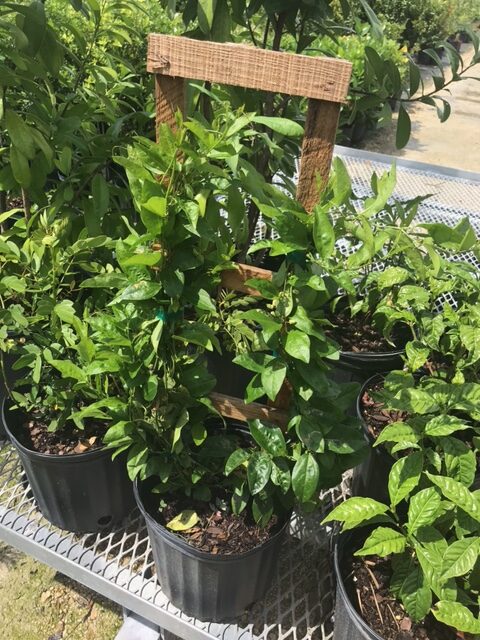

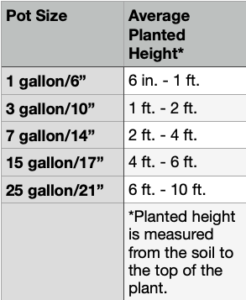
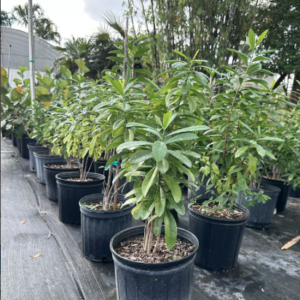
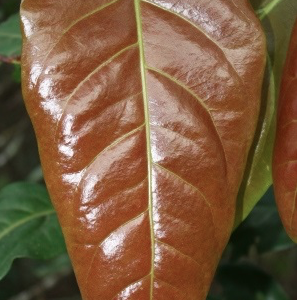
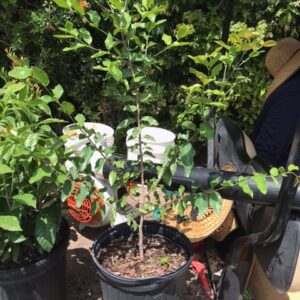
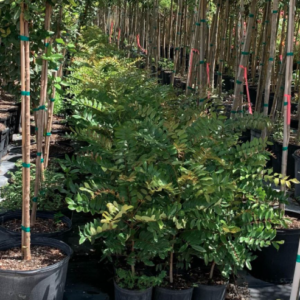
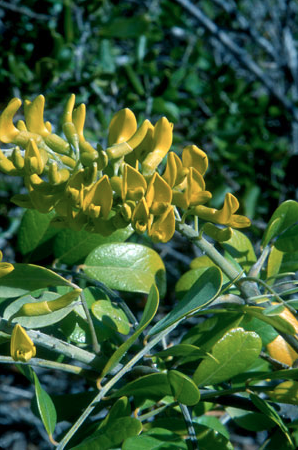
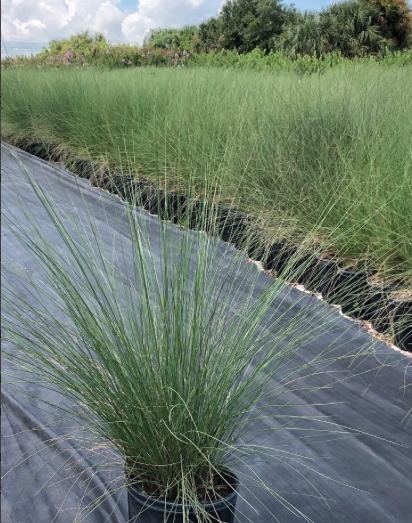
Stephanie Israel –
A butterfly magnet!
Deborah Niedermiller –
Beautiful and arrived healthy!
Linda (verified owner) –
I bought three of these to replace some that were destroyed by landscapers. They grew up the lattice fast and are very healthy!
Brian Thompson –
Thank you. You made finding specific plants I wanted very easy, and by delivering them directly to my home made the process even better. l will definitely use the service again.